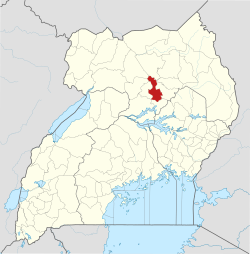
The Lango are a Nilotic ethnic group. They live in north-central Uganda, in a region that covers the area formerly known as the Lango District until 1974, when it was split into the districts of Apac and Lira, and subsequently into several additional districts. The current Lango Region now includes the districts of Amolatar, Alebtong, Apac, Dokolo, Kole, Lira, Oyam, Otuke, and Kwania. The total population of Lango District is currently about 2,884,000.
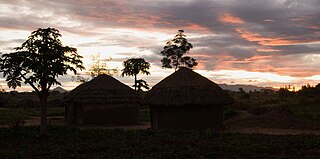
Pader District is a district in Northern Uganda. It is named after Pader, the chief municipal, administrative and commercial town in the district, where the district headquarters are located.

Apac District is a district in the Northern Region of Uganda. The Town of Apac hosts the district headquarters.

Lira is a city in the Northern Region of Uganda. It is the main municipal, administrative, and commercial centre of Lira District.

Apac is a town in Apac District in the Northern Region of Uganda. It is the 'chief town' of the district and the district headquarters are located there. The district is named after the town.
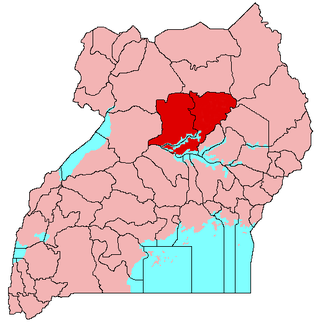
Lango sub-region is a region in Uganda covering an area of 15,570.7km consisting of the districts of:
Aboke is a town in the Kole District of the Northern Region of Uganda. It was the location of the Aboke abductions in October 1996.
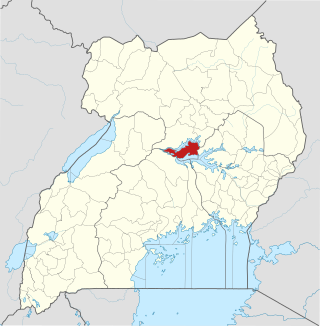
Amolatar District is a district in Northern Uganda. Like many other Ugandan districts, it is named after its main municipal and administrative centre, Amolatar Town.
Lira Regional Referral Hospital, commonly known as Lira Hospital, is a hospital in Lira in the Northern Region of Uganda. It is the referral hospital for the districts of Amolatar, Apac, Dokolo, Lira, Kole, and Oyam.
Pader is a town in Pader District in the Northern Region of Uganda. The town is administered by the Pader Town Council, an urban local government. It is the largest metropolitan area in the district and the site of the district headquarters.

Dokolo District is a district in the Northern Region of Uganda. The town of Dokolo is its main municipal, administrative, and commercial centre.
Dokolo is a town in the Northern Region of Uganda. It is the main municipal, administrative, and commercial centre of Dokolo District.
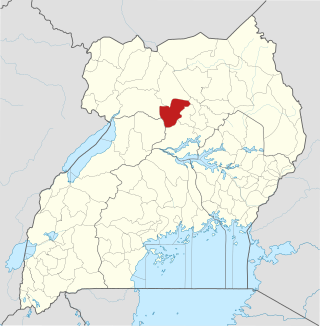
Oyam District is a district in Northern Uganda. Like most Ugandan districts, it is named after its 'chief town', Oyam, where the district headquarters are located.

The Agago District is a Ugandan district located in the Northen Region of Uganda.

Otuke District is a district in Northern Uganda. Like many other Ugandan districts, Otuke district is named after its 'chief town', Otuke, where the district headquarters are located.

Kole District is a district in Northern Uganda. Like most other Ugandan districts, it is named after its 'chief town', Kole, where the district headquarters are located.

Alebtong District is a district in the Northern Region of Uganda. The town of Alebtong serves as the district headquarters.
Alebtong, is a town in the Northern Region of Uganda. It is the chief municipal, administrative, and commercial centre of Alebtong District. The district is named after the town.
The Soroti–Dokolo–Lira Road is a road in Uganda, connecting the towns of Soroti in Soroti District, Dokolo in Dokolo District, and Lira in Lira District.
